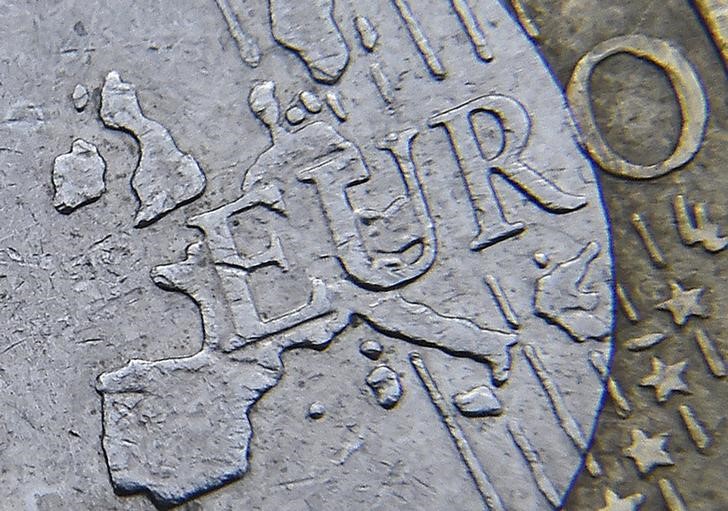(Bloomberg) -- The euro is about to extend its advance by another 5% in the coming months, if history is a guide.
The currency seems to be mirroring a pattern from August 2017, when it briefly breached the $1.20 psychological mark, and retreated quickly due to large option barriers. The common currency then advanced as high as $1.2555 within four months.
That suggests the pullback since Tuesday may be a breather amid a bull run, and the euro is probably on course to test $1.25, the next big level on the higher side.
There are several similarities between the euro’s latest moves and its price action three years ago. Both times, the euro rallied after trading below $1.10, only for the advance to stall due to options-related supply. The currency formed a bearish candle pattern, the so-called shooting star, that points to a correction.
The euro retreated below $1.19 sharply, where support by the 21-daily moving average came into play, just like it did three years ago.
Euro Bias
Weekly and monthly charts signal further gains as technical patters show a positive change in momentum. While a correction in the near term may be warranted, the bigger picture is still supportive for the euro.
At the same time, option-market trends show traders are looking beyond spot fluctuations and gamma hedging to bet on another round of dollar weakness.
Risk reversals, a barometer of market sentiment and positioning, still trade in favor of euro topside across tenors, retreating only slightly after European Central Bank chief economist Philip Lane offered the first round of verbal intervention this week.
For policy makers, however, the rate of change for the euro matters more than actual level of the currency. As long as the euro appreciates in an orderly fashion, backed by fundamentals like E.U.-U.S. growth and interest-rate differentials, the ECB may not be seen as a strong barrier to euro gains.
- NOTE: Vassilis Karamanis is an FX and rates strategist who writes for Bloomberg. The observations he makes are his own and are not intended as investment advice
